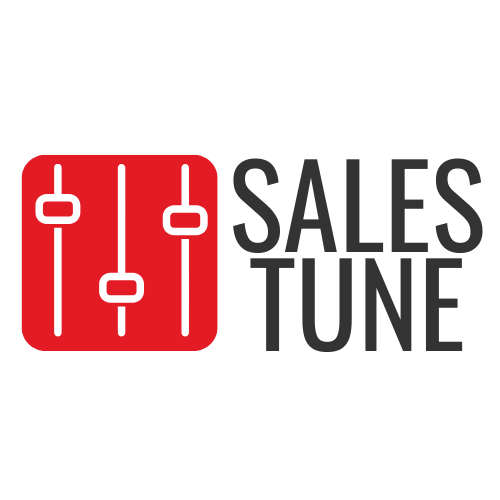
Partners, Agents, Agencies: How to Ensure Real-Time Insights into Insurance Sales
In the past, it was enough to make an agreement with an agency or a partner, set sales targets and commission rates – and that was the end of the story. But is such an approach still sufficient today?
The answer is – NO.
The insurance world has become far more complex. Competition is stronger, products more accessible, and partner networks more diverse than ever. Without real-time insights into what is happening in the field, you risk losing control over sales, partner motivation, and ultimately – results.
Who sells your products and why it’s no longer just “your” team
Insurance sales are no longer limited to internal sales teams. To reach wider markets and be present in the everyday lives of consumers, companies now rely on a variety of channels:

Independent insurance agents
Their strength lies in flexibility and a broad client base. However, since they often represent multiple companies, they decide which policy to prioritize. Without the right incentives, they can easily shift their focus to a competitor.

Brokerage firms and consultants
They bring a large client pool and a wide range of offerings. But if you’re not consistently present in their reports and sales materials, your products may end up in the background, while the client gets directed toward another provider.

Travel agencies and cross-industry partners
Travel and health insurance are often bundled with trips, tickets, or other services. Still, it largely depends on whether employees actively offer the policy to each customer – or just mention it in passing.

Banks
For many clients, the first encounter with insurance happens in a bank when taking out a loan, opening an account, or purchasing a service package. Banks are a powerful distribution channel, but their advisors have multiple priorities, and insurance is rarely at the top of the list.

Vehicle inspection centers
Auto insurance sold with registration has become routine. Yet, this routine often means little active selling – clients usually buy only the mandatory policy, while upsell opportunities like comprehensive coverage or roadside assistance remain untapped.

Digital platforms and e-commerce partners
Online policy sales bring convenience and speed. But here a new challenge arises – it’s not enough to track website visits; you need to monitor conversions, drop-off points, and the overall user experience.

Embedded insurance
Extended warranties and add-on insurance sold with devices, tickets, or travel packages are becoming an increasingly popular form of “invisible” sales. The strength of this channel lies in its scale, but without real-time data, you don’t know how many policies were actually activated.
All these forms of sales expand your reach, but they also bring one challenge: you are not in daily contact with these people, you have no direct influence on their motivation and yet, their performance is crucial to your business.
Why the old system no longer works
The traditional model where you simply set a commission rate and a target, is no longer effective. Here’s why:
- Lack of transparency – without real-time insight, you don’t know how much was sold, when, and where.
- Low motivation – partners focus on what’s easiest or most profitable for them, and that’s not always your product.
- No control over product presentation – your policy is often overshadowed by competing offers.
- Poor forecasting and planning – delayed reports lead to missed opportunities and decisions based on incomplete data.
How to track external sales Performance without micromanagement
Most challenges in working with external agents come down to two things: lack of transparency and lack of motivation.
📉 Without transparency, you don’t know who is selling, how much, when, and where. That results in poor forecasting, difficult planning, and lost opportunities.
📉 Without motivation, agents focus on what’s most convenient – and that’s often not your product.
That’s why it’s important to set up a system that is not based on control, but on visibility and incentives.
Here’s how it can look in practice:
- Each agent has their own account and access to a personalized dashboard
- They log sales, track results, and monitor progress toward goals
- They earn points for successful sales, redeemable for rewards
- They compare results with peers through a leaderboard (if multiple agents are in the network)
- They receive automated feedback without additional administration
This way, external partners become part of a unified sales system, while you gain valuable data for analysis – without extra effort.
Conclusion: When sales become a game, everyone wants to play
When working with external teams, attempts at “controlling” them rarely deliver results. But when you give them tools to manage their own performance, everything changes.
With their personal Sales Tune panel, every member of your network, whether internal or external, can:
✅ Track their sales progress in real time – no waiting for reports, everything is instantly visible for both the agent and you.
✅ See how many points they earned through sales – gamification boosts engagement by showing clear, tangible results.
✅ Track the rewards they ordered from the incentive shop – because motivation is not just about money, but also recognition, perks, and the freedom to choose.











